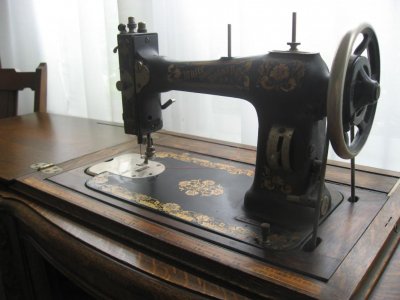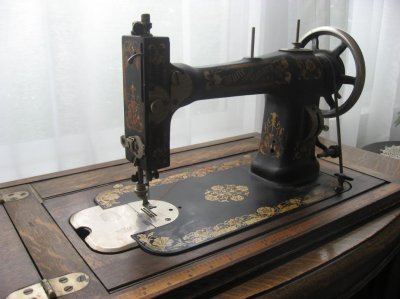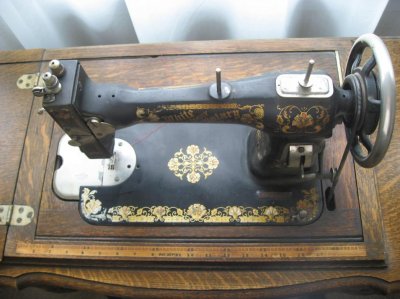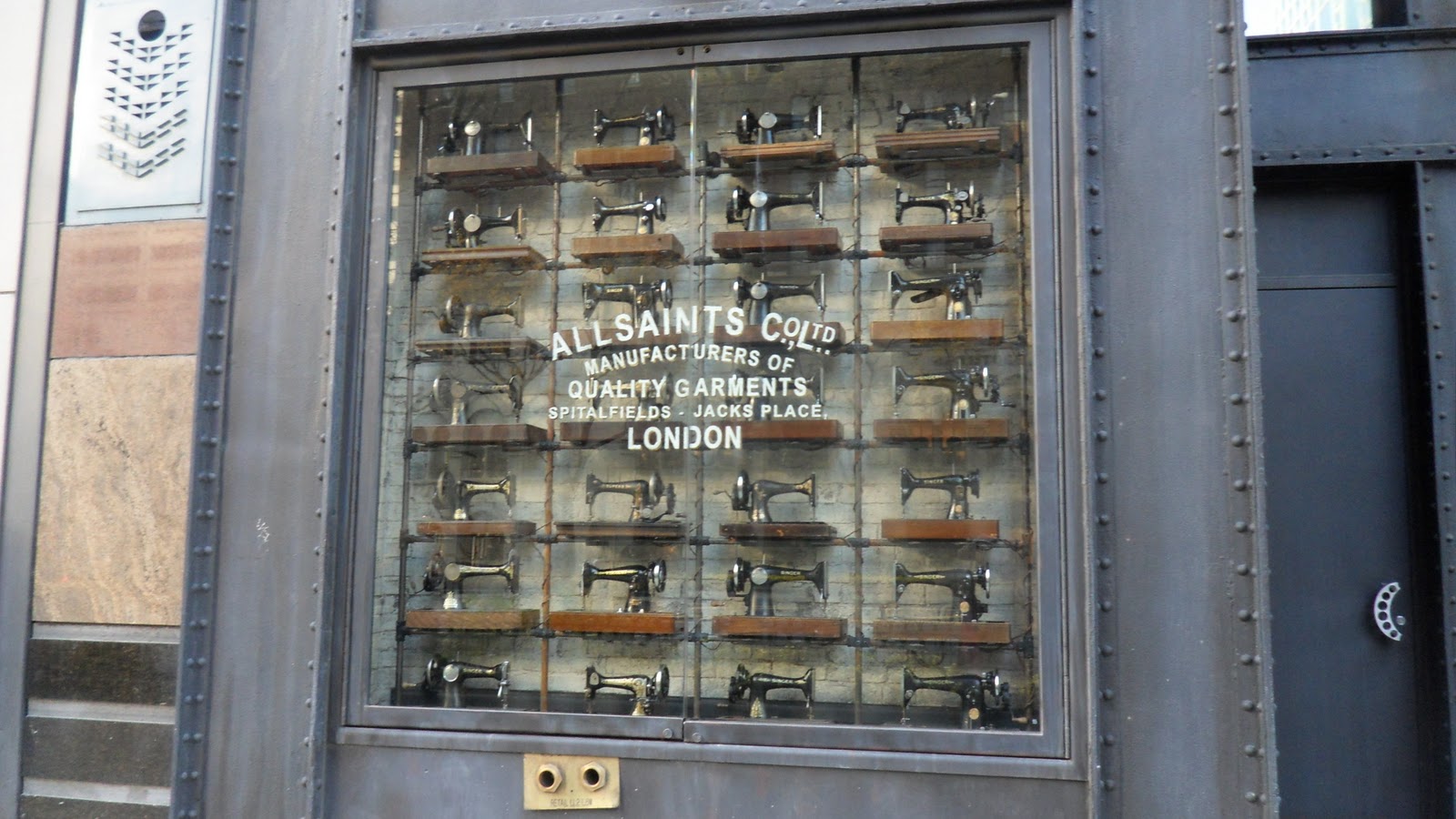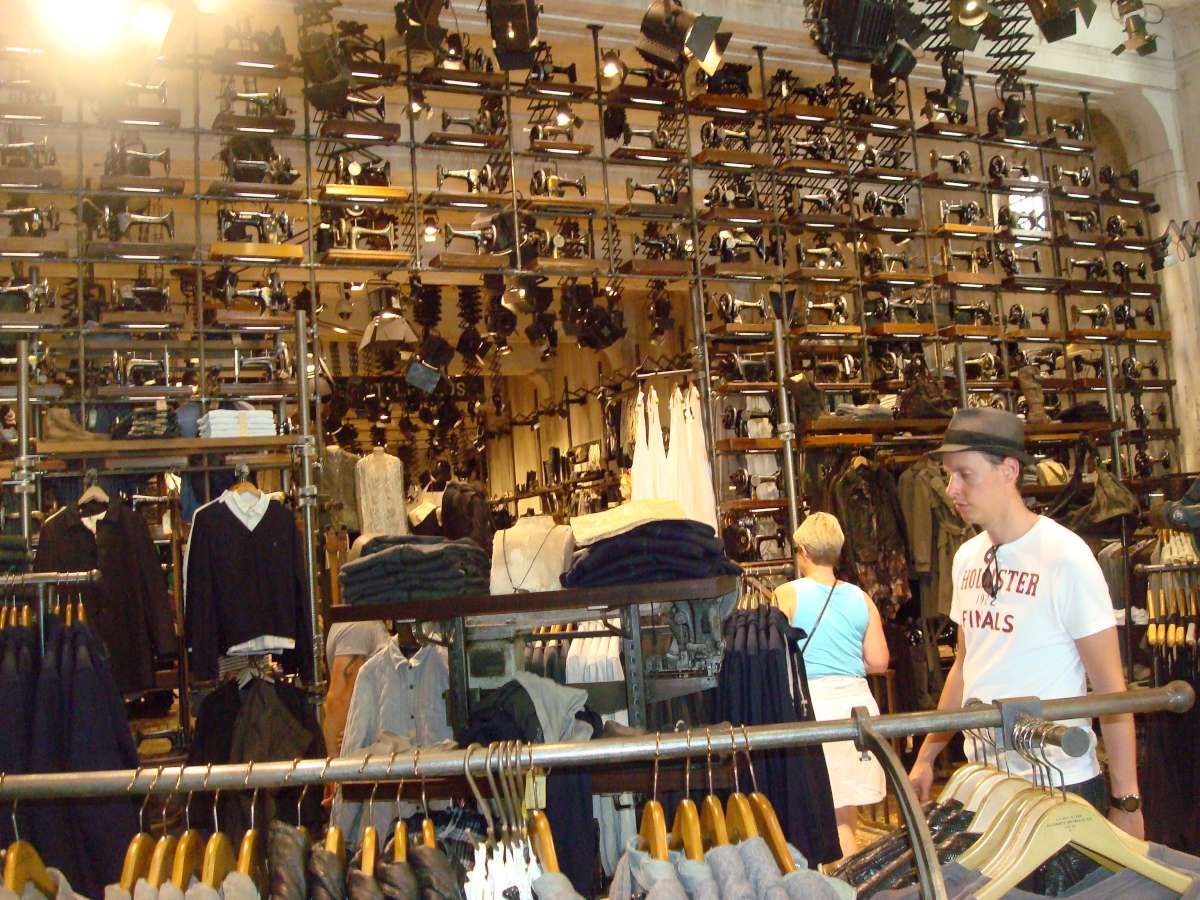Are you looking for a mechanical (handcrank/treadle) or electrical (knee/foot-power) machine? Obviously, mechanical machines have the great benefit that they're easier to look after, and with handcranks, more portable.
I am looking more for an electric. I am sure that if the right mechanical machine came along, I would snap it up, but for practical use, I think an electric would suit me more. I am not objected to anything up until the 80s when they started making too many of the internal parts out of plastic. However, these old, pre-40s machines are just beautiful (even the plain, industrial ones), so just as a matter of aesthetics, that is what I have been looking for.






